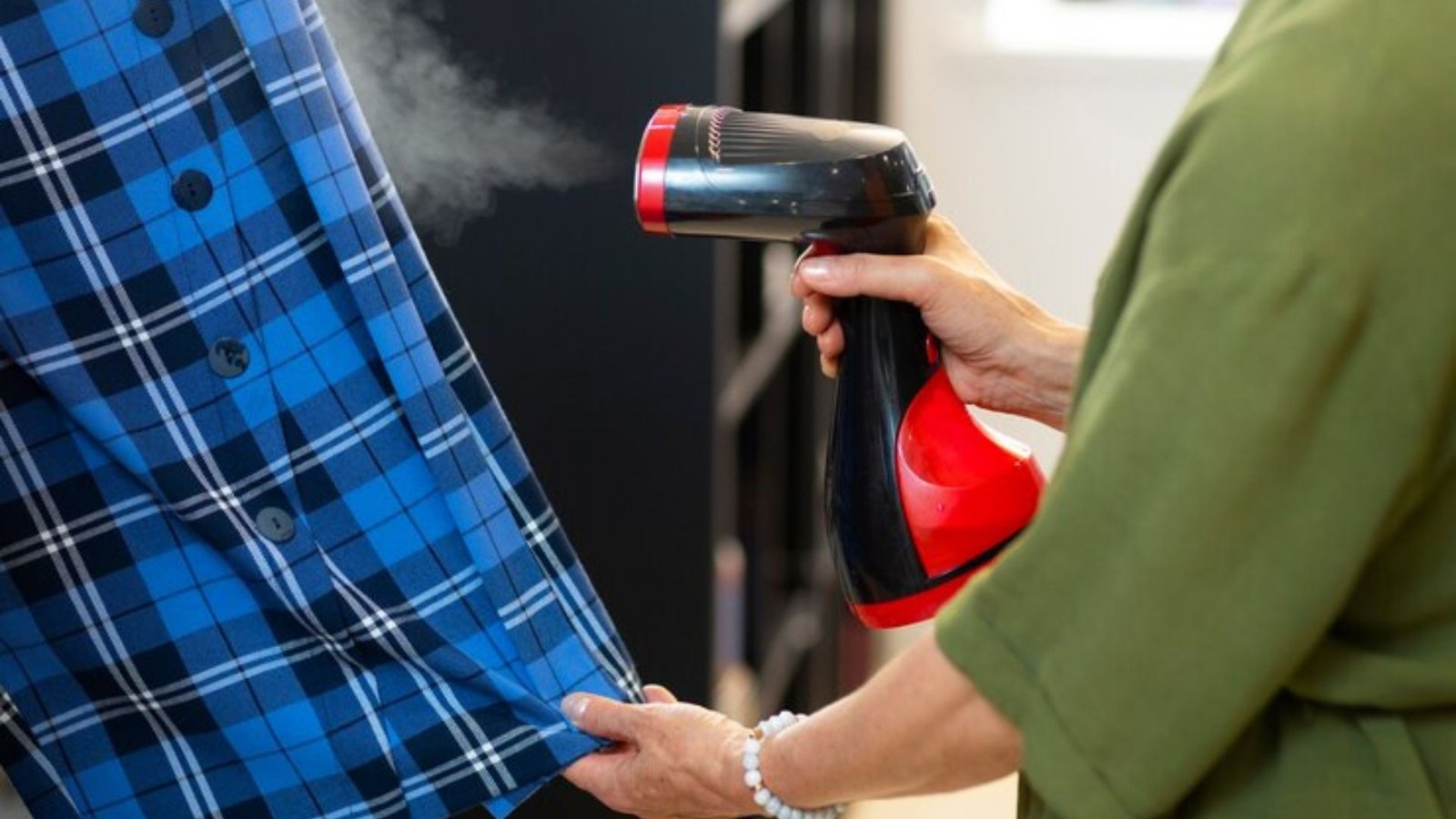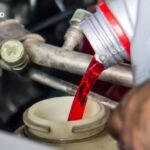When it comes to DIY projects, crafts, or even professional applications, choosing the right tool can make all the difference. Among the myriad of tools available, heat guns and blow dryers often get compared, each with its own set of advantages and disadvantages. This article delves deep into the specifics of heat guns and blow dryers, helping you determine which is the best fit for your needs.
What is a Heat Gun?
A heat gun is a versatile tool that emits a stream of hot air, usually ranging from 120°F to 1,200°F (about 50°C to 650°C). It is equipped with adjustable temperature settings and various nozzle attachments that allow for precise control over the airflow and heat intensity. Common applications for heat guns include:
Stripping paint or varnish
Softening adhesives
Shrinking tubing
Thawing frozen pipes
Welding plastic
Key Features of Heat Guns
Temperature Control: Heat guns typically offer multiple temperature settings, making them suitable for a wide range of tasks.
Variable Airflow: Users can adjust the airflow to direct heat more effectively.
Durability: Designed for industrial and heavy-duty use, heat guns are built to withstand prolonged operation.
What is a Blow Dryer?
A blow dryer, or hairdryer, is primarily designed for drying and styling hair. It blows air over a heating element, which increases the temperature of the air before it exits through the nozzle. Blow dryers usually operate at lower temperatures than heat guns, generally between 90°F and 140°F (32°C to 60°C).
Key Features of Blow Dryers
Temperature Settings: Most blow dryers have multiple heat settings, but they are limited compared to heat guns.
Ionic Technology: Many modern blow dryers utilize ionic technology, which helps reduce frizz and enhance shine in hair.
Portability: Blow dryers are generally lightweight and easy to handle, making them user-friendly.
Heat Gun vs. Blow Dryer: Comparing Applications
Home Improvement Projects
When it comes to home improvement, heat guns are the go-to tool for tasks like paint stripping or thawing pipes. Their high temperature allows for quick and effective results. Blow dryers, while they can assist with small tasks like removing adhesive labels, are not suitable for heavier jobs due to their lower heat output.
Crafts and Hobbies
For crafters, both tools have their place. Heat guns are ideal for projects that require precise heating, like embossing or working with resin. Blow dryers can be used for quick drying in projects such as painting or crafting, but they lack the heat intensity needed for more intricate tasks.
Automotive Repairs
In automotive applications, heat guns shine for tasks like softening body fillers or shrinking heat shrink tubing. Blow dryers are not powerful enough for these demanding jobs and may lead to incomplete or unsatisfactory results.
Food Preparation
Interestingly, heat guns have found a niche in culinary applications, such as caramelizing sugar or roasting peppers. Blow dryers, however, do not have any practical use in food preparation.
Pros and Cons of Heat Guns
Pros
High Temperature: Can reach temperatures suitable for various demanding applications.
Versatile: Adaptable for multiple uses across different projects.
Precision: Offers various nozzles and airflow settings for targeted heating.
Cons
Weight: Generally heavier and bulkier than blow dryers, which may cause fatigue during prolonged use.
Cost: Typically more expensive than blow dryers.
Pros and Cons of Blow Dryers
Pros
Lightweight: Easier to handle for extended periods.
Affordable: Generally less expensive than heat guns.
Multiple Functions: Can be used for hair styling and some light DIY tasks.
Cons
Limited Temperature: Cannot achieve the high temperatures required for many DIY projects.
Less Versatile: Primarily designed for hair, making it less effective for other applications.
Conclusion
Choosing between a heat gun and a blow dryer depends on your specific needs. If you’re tackling home improvement tasks, crafting, or automotive repairs that require high temperatures and versatility, a heat gun is your best bet. However, for lighter applications, especially those involving hair styling, a blow dryer is a practical choice.
ALSO READ:KTM SX 450 Top Speed: Discover Its Maximum Performance
FAQs
Can I use a blow dryer instead of a heat gun?
For some light tasks, like drying paint or removing stickers, a blow dryer may suffice. However, for heavy-duty applications like paint stripping or welding plastic, a heat gun is necessary.
Are heat guns safe to use?
Yes, heat guns are safe when used correctly. Always follow the manufacturer’s instructions and take precautions, such as wearing protective gear and keeping flammable materials away.
What is the highest temperature a heat gun can reach?
Heat guns can reach temperatures up to 1,200°F (650°C), depending on the model.
Can I use a heat gun for hair drying?
While you can technically use a heat gun to dry hair, it is not recommended due to the high temperatures, which can cause hair damage.
How do I clean my heat gun or blow dryer?
Unplug the device and let it cool. For a heat gun, use a soft cloth to wipe the exterior. For blow dryers, use a damp cloth and avoid getting moisture in the air intake. Always check the manufacturer’s guidelines for specific cleaning instructions.











